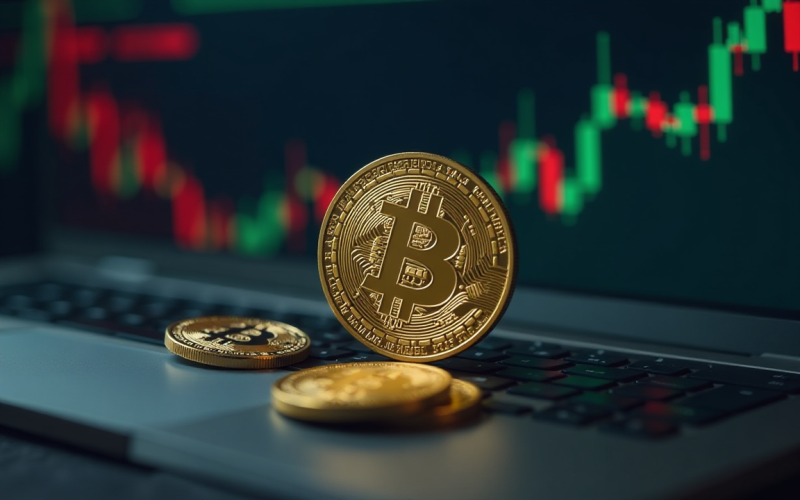Thursday saw dramatic variations in the parallel exchange rate of the US dollar in Bolivia, with the informal currency market starting to feel the effects of growing cryptocurrency adoption, especially Tether (USDT).
According to Dolarboliviahoy, which keeps a track of the local exchange rate, the dollar started the day at Bs18.80, before falling to Bs17.80 by around 9:30 a.m. in a highly volatile market.
This movement seems to be strongly related to a higher demand for digital dollars, according to El Deber, a Bolivian media outlet.
As the supply of genuine US dollars declines, Bolivians are turning to stablecoins, notably USDT, to access and exchange dollar-denominated value.
Economists feel that this tilt is critical to enhancing the physical dollar’s street value.
Digital currency fills the dollar shortage
According to economist Darío Monasterio, the rise in the parallel exchange rate is mostly due to the increased use of USDT, which replicates the value of the US dollar and serves as a hedge against local currency devaluation.
He pointed out that the digital dollar is gaining popularity because it avoids the scarcity of cash on the streets.
“There is clearly a growing demand for this digital dollar, and that’s also pulling the price of the physical parallel dollar up,” says Monasterio.
“People aren’t buying cash dollars because they’re too expensive, so they’re opting for USDT, which now directly competes with the physical dollar in the informal market”, he added.
USDT, a stablecoin pegged to the US dollar, has become a go-to resource for Bolivians looking to maintain purchasing power in a tighter economic market.
As these transactions expand, they become less peripheral to exchange rate dynamics and increasingly shape them.
Algorithmic pricing driving volatility
In Bolivia, the parallel dollar market has also become more volatile as tradable algorithms for USDT on decentralised exchanges drive the price behaviour of this US dollar-pegged coin.
“We know that algorithms raise the price automatically when demand jumps, and this ripple effect is rapidly recognised by local traders and currency exchange houses”, explained Monasterio.
“On these platforms, prices change automatically, since the algorithms recognise the change in demand or supply instantly. Those movements are observed by traders and those who help make capital available, and will price accordingly,” he said.
The algorithmic structure of the digital dollar complicates an already unregulated market, increasing both volatility and susceptibility to user behavior.
Political uncertainty adds to market pressures
Monasterio cited cryptocurrency adoption as the main fundamental driver, but also pointed to political factors putting pressure on the exchange rate.
The recent rise in the dollar, which surpassed Bs 15 in parallel, was attributed to economic activities by institutions, such as YPFB’s use of cryptocurrency, and political events, such as the breakdown of the opposition group.
The risk premium in the market is due to uncertainty surrounding the electoral lists and, more broadly, the governance issues.
He said in the El Deber report: “That, in turn, makes people go towards more stable assets such as USDT, and this is how it makes a snowball effect”.
These moments of political crisis magnify the sense that Bolivia’s economic model may not be sustainable in the long term and push residents to flock to assets they think are sturdier.
USDT’s increasing role in the informal economy
For the first time, the parallel dollar has surpassed the Bs 18 level, a psychological and economic milestone not seen since a brief spike in August 2024.
The USDT rise is increasingly viewed as part of a larger response to macroeconomic volatility and societal distrust of the Bolivian currency.
El Deber emphasised that Bolivians are adopting USDT not only to navigate a dwindling supply of physical dollars, but also to protect their money from devaluation.
The stablecoin is becoming a popular vehicle for dollarisation, particularly among individuals outside the traditional financial system.
The post Crypto demand pushes up Bolivia’s parallel dollar: USDT in the spotlight appeared first on Invezz


